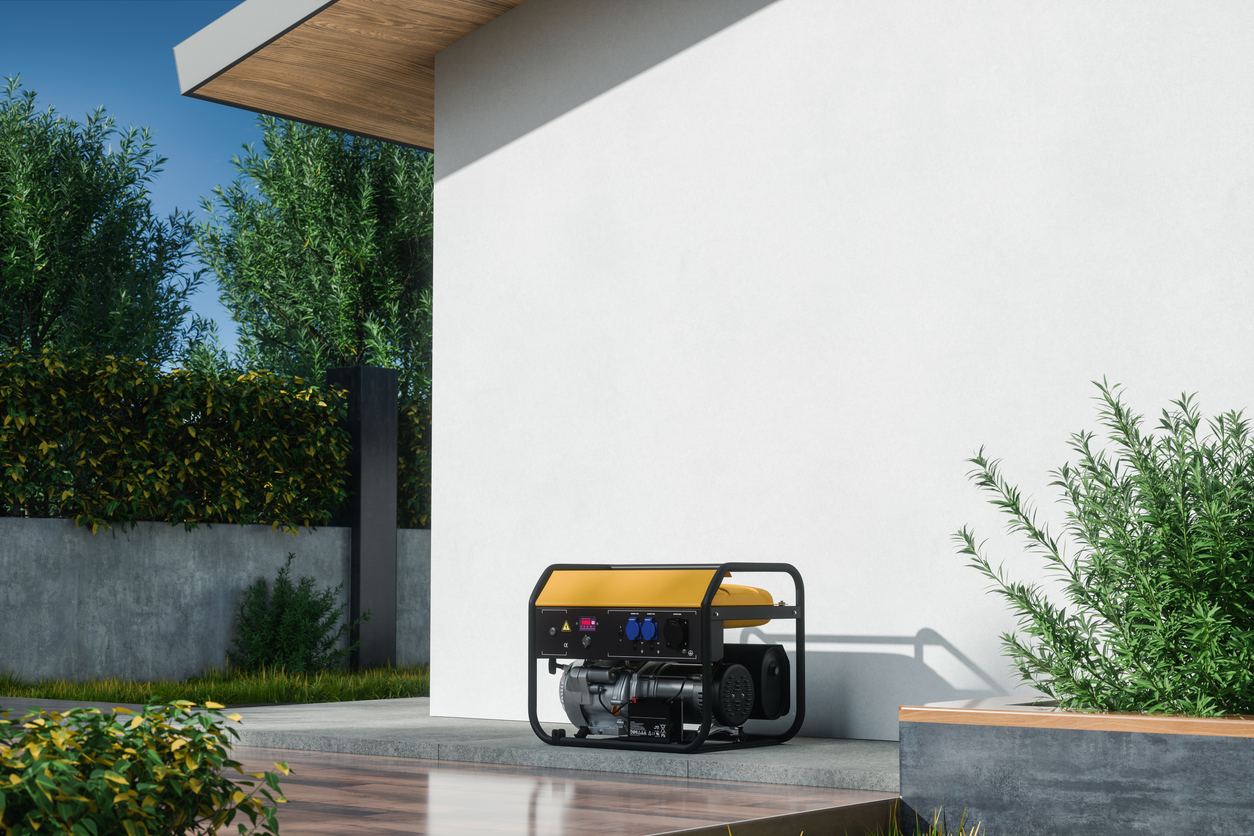Pest control is a crucial aspect of maintaining a healthy and comfortable living environment. Pests, ranging from insects and rodents to larger animals, can cause significant damage to property and pose health risks to residents. Effective pest control not only addresses existing infestations but also prevents future ones, ensuring a safe and hygienic space. You can find pest control options with a online search.
Types of Pests and Their Impact
Pests come in many forms, each with its own set of problems. Insects like ants, cockroaches, and termites can damage structures and spread diseases. Rodents such as rats and mice are notorious for chewing through wires, contaminating food, and spreading illnesses. Larger pests like raccoons or squirrels can invade attics and cause significant structural damage. Understanding the types of pests and their potential impact is essential for effective pest management and choosing the appropriate control methods.
Pest Control Methods
There are several methods used in pest control, each suited to different types of pests and situations. Chemical treatments, such as insecticides and rodenticides, are commonly used to eliminate pests quickly. These chemicals work by disrupting the life cycle of pests, killing them effectively. Biological control involves the use of natural predators or parasites to manage pest populations. For example, introducing ladybugs in a garden can help control aphid infestations. Physical controls, such as traps and barriers, prevent pests from entering specific areas or capture them for removal.
Integrated Pest Management (IPM)
Integrated Pest Management (IPM) is a holistic approach that combines multiple pest control methods for long-term effectiveness. IPM focuses on prevention, monitoring, and control, aiming to reduce pest populations to acceptable levels while minimizing environmental and health risks. This approach starts with identifying the pest and understanding its behavior and biology. Monitoring techniques help track pest activity and determine the best control strategies. IPM emphasizes the use of non-chemical methods first and resorts to chemical treatments only when necessary.
Choosing the Right Pest Control Approach
Selecting the most effective pest control method depends on various factors, including the type of pest, the severity of the infestation, and the environment. For minor infestations, DIY solutions like over-the-counter insecticides or traps may suffice. However, for larger or more persistent problems, professional pest control services might be necessary. Professionals have access to advanced treatments and possess the expertise to address complex infestations safely and effectively. When choosing a pest control service, it's important to consider factors such as the company’s reputation, experience, and approach to integrated pest management.
Preventing Future Infestations
Preventing future pest infestations is a key component of effective pest control. Simple measures can significantly reduce the risk of pests entering your home or property. Ensuring that all food is stored in airtight containers, sealing cracks and crevices, and maintaining cleanliness can deter pests. Regular inspections and maintenance of property, including the removal of standing water and proper waste management, also play a crucial role in prevention. Additionally, educating yourself and household members about pest behavior and control strategies can enhance your ability to prevent infestations.
Conclusion
Effective pest control is essential for maintaining a safe and healthy living environment. By understanding the types of pests, exploring various control methods, and employing an integrated approach, you can manage and prevent infestations efficiently. Whether opting for DIY solutions or seeking professional assistance, it is important to address pest issues promptly and proactively. With the right strategies and preventive measures in place, you can protect your home and property from the harmful effects of pests.


